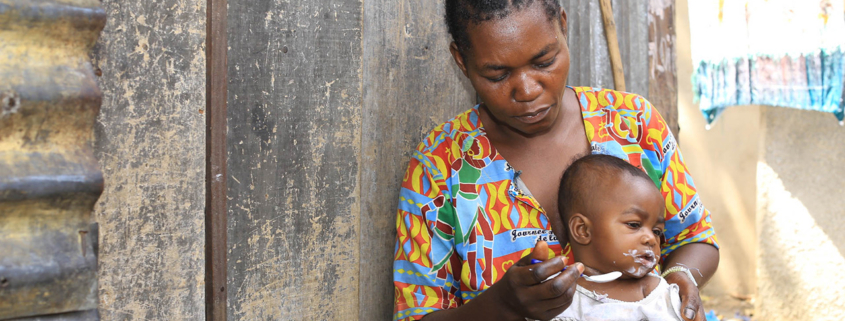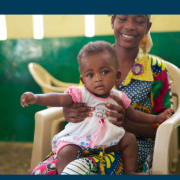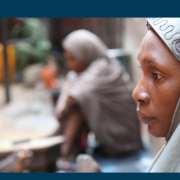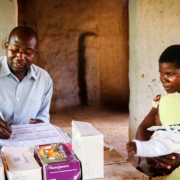New Course Teaches Policymakers and Practitioners How to Use Behavioral Design to Improve Nutrition Outcomes
Health and nutrition policymakers and practitioners face situations in which people’s behavior seems puzzling or even counter to their own health, well-being, and goals. For example, situations where families don’t take full advantage of the range of affordable and nutritious foods available to them. Or times when health providers fail to consistently counsel caregivers on appropriate feeding of young children.
Behavioral science offers empirical insights into how people interact with their environment and each other under different conditions. It includes research from various fields, such as cognitive and social psychology, marketing, neuroscience, and behavioral economics, that provide insight into the complexity of human behavior. Behavioral design leverages insights from behavioral science to develop and test innovative solutions that, rather than trying to change people, seek to reshape their context to positively influence their behavior. It offers a powerful tool to address some of the stickiest challenges you may encounter in health and nutrition programs, services, and policies.
Behavioral science helps us understand, for example, the far-reaching implications of living in conditions of scarcity and how it impacts people’s decision making. It helps us recognize which details are easy for a person to miss when their attention is divided and how we underweight information that casts doubt on our own prior beliefs. It guides us toward asking the right questions to understand the causes of a specific behavioral challenge. Armed with these insights, we can shape programs and services so they anticipate—and respond to—what is likely to get in the way of positive nutrition behaviors.
Are you interested in learning more about the power of behavioral design?
This new online course, developed by Breakthrough ACTION and USAID Advancing Nutrition, offers a practical, hands-on introduction to behavioral science, behavioral design, and how these approaches can be applied to nutrition challenges. It uses a real-life case example to illustrate the behavioral design process in action and guides participants to consider whether and how the solutions in the case example can be adapted to their own contexts. This case example draws from research and design work conducted in the Democratic Republic of the Congo to support families to follow nutrition guidelines for feeding their young children during and after illness.
Click here to enroll in the self-paced online course!
For those who want to dig deeper, we’re offering a hybrid course option that combines the online course with two live sessions to enrich your understanding through discussion and activities with the course authors and other health and nutrition policymakers and practitioners.
- Live session 1: Wednesday, September 6, 2023, 7–9:00 a.m. ET
- Live session 2: Wednesday, September 13, 2023, 7–9:00 a.m. ET
Apply here to participate in the live course sessions! You need to be available for both live sessions.

 Pitshou Budiongo
Pitshou Budiongo Sara Holbak/VectorWorks/Photoshare
Sara Holbak/VectorWorks/Photoshare

 2019 CORE Group Global Health Practitioner Conference
2019 CORE Group Global Health Practitioner Conference Breakthrough ACTION
Breakthrough ACTION Photo credit: amy Rakotoniaina/PMI/Flickr
Photo credit: amy Rakotoniaina/PMI/Flickr